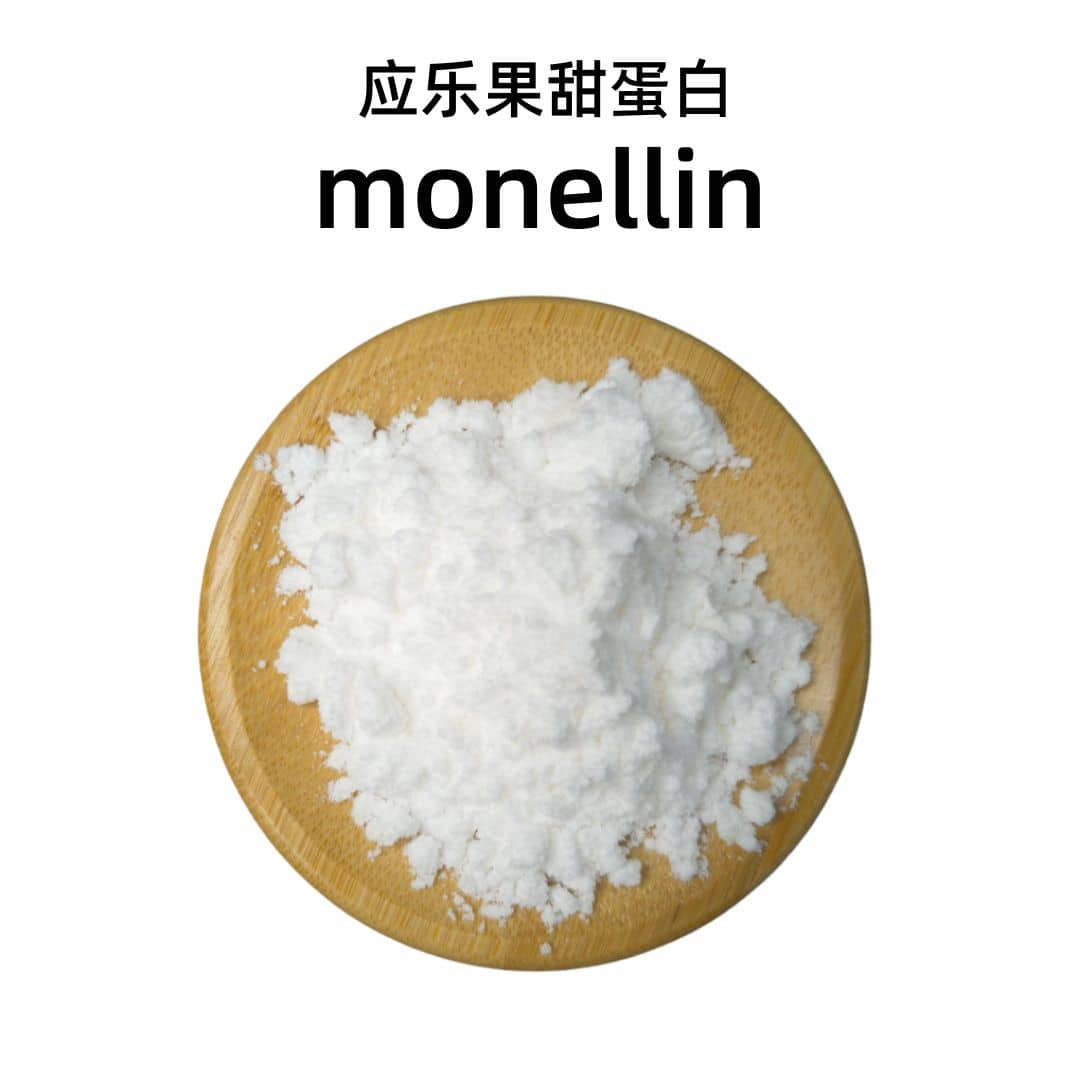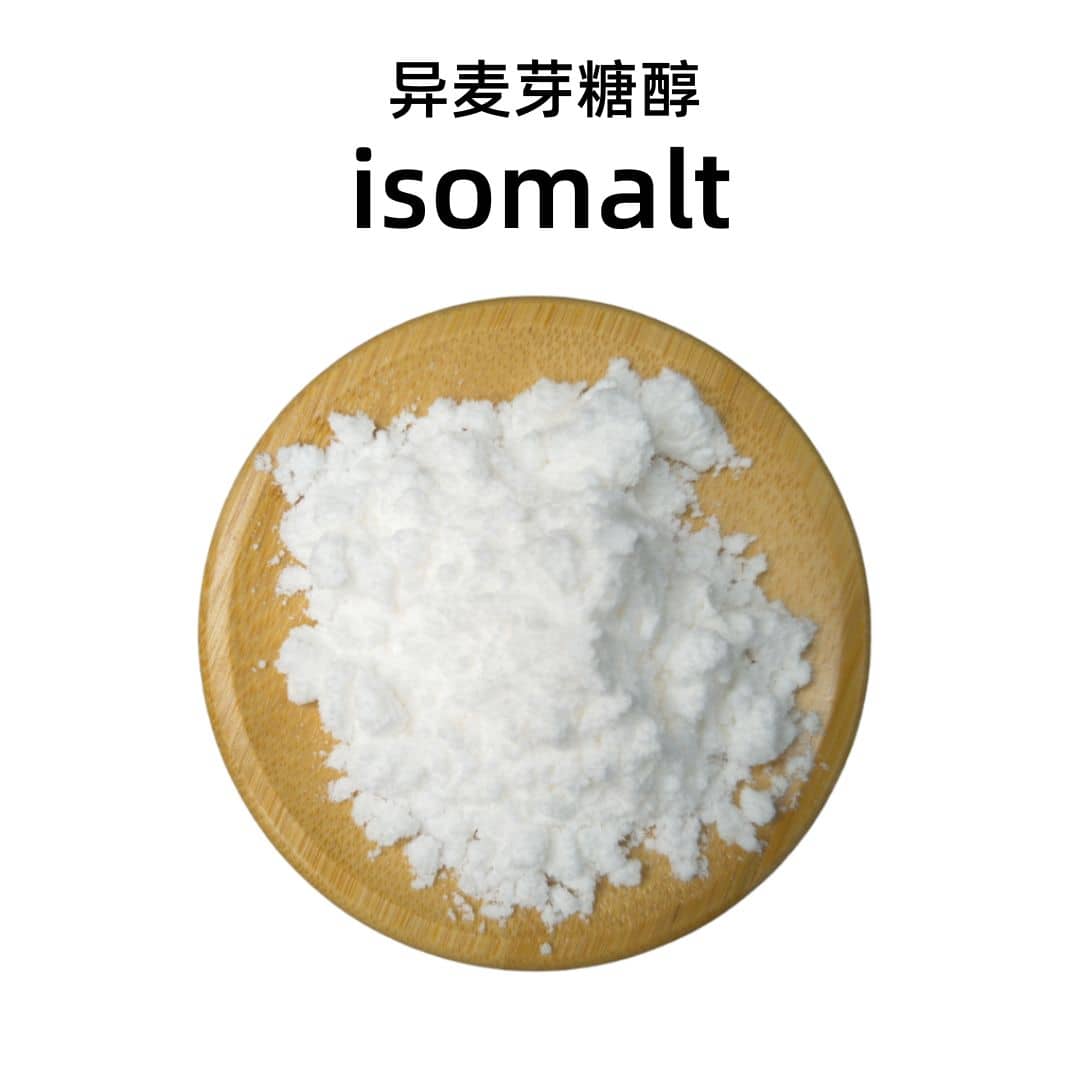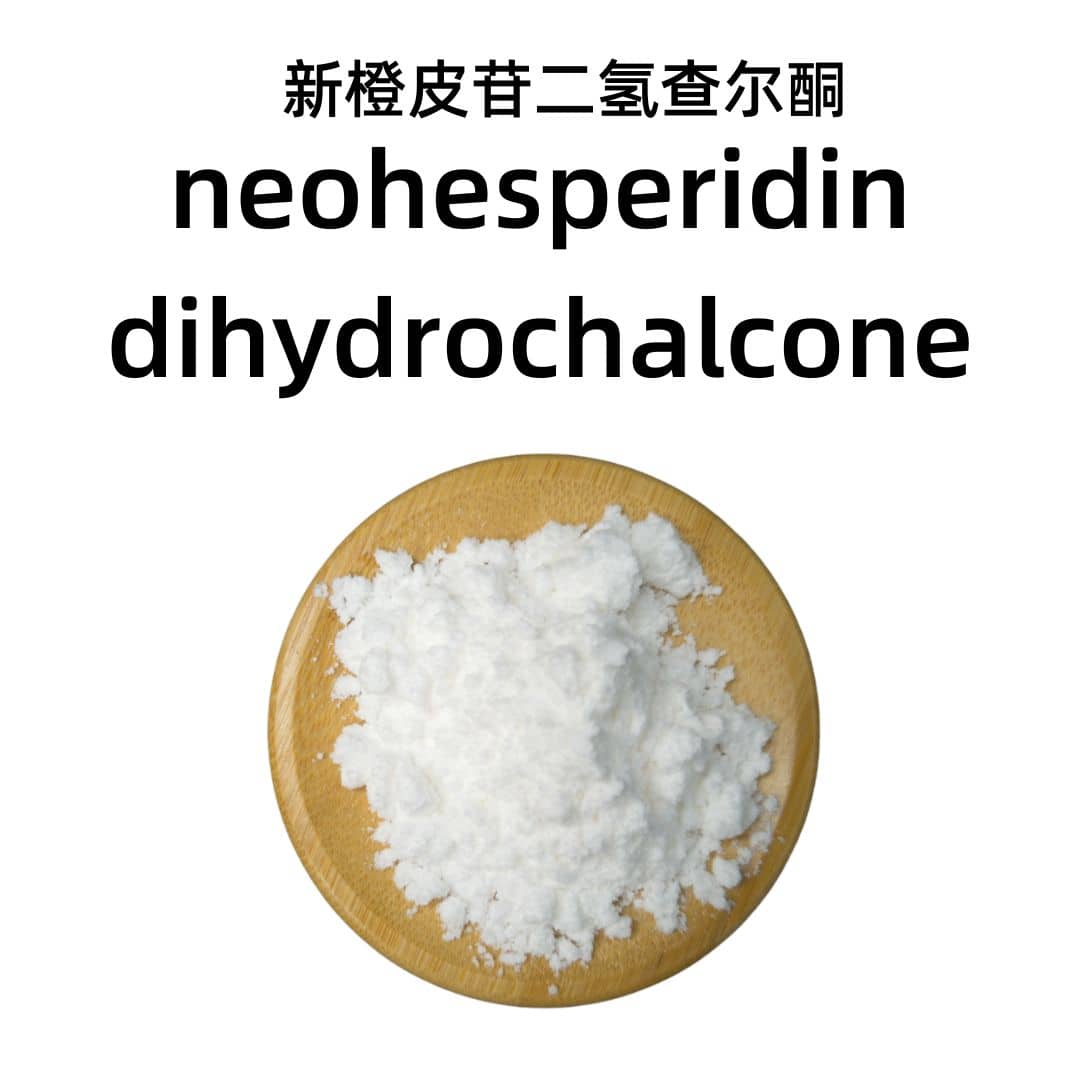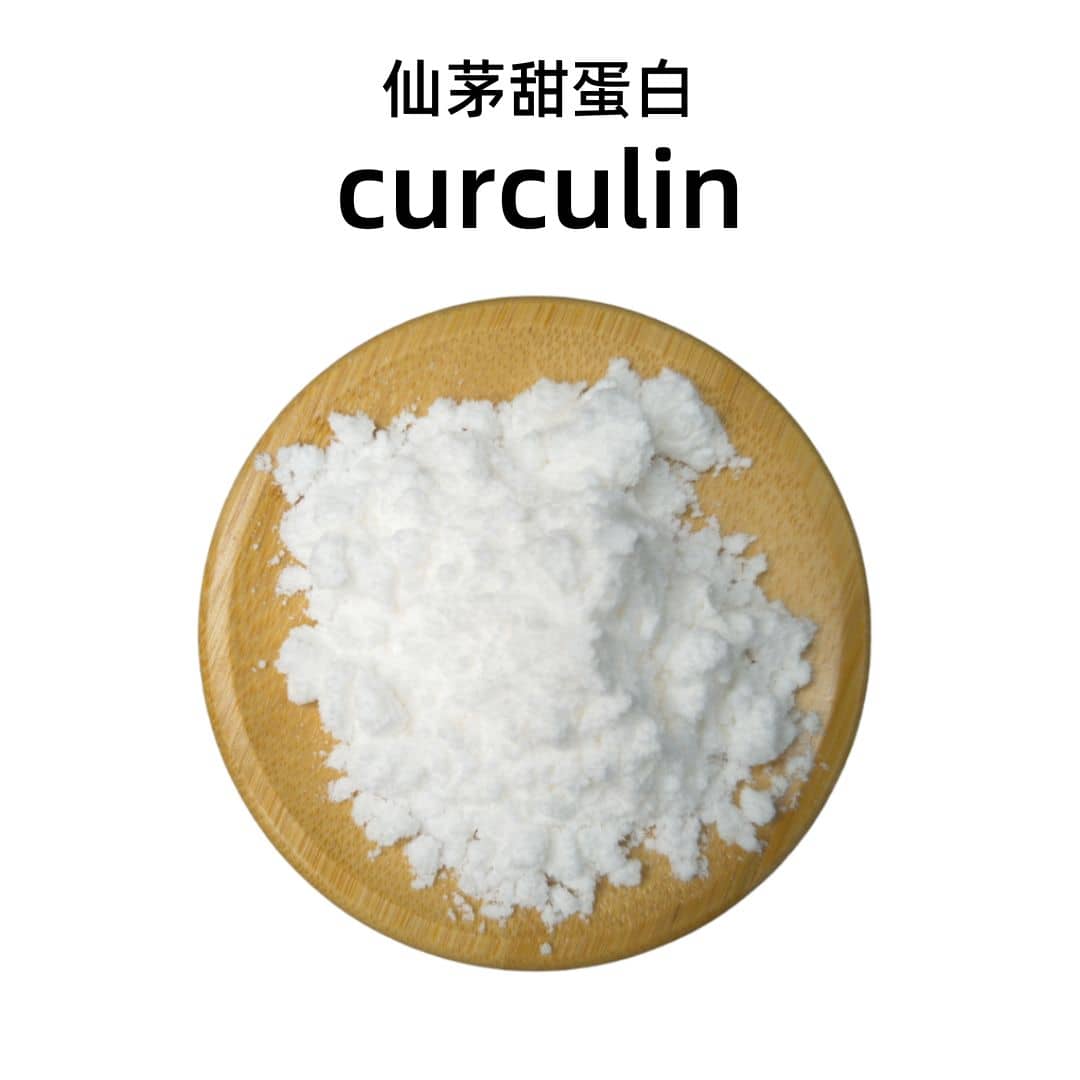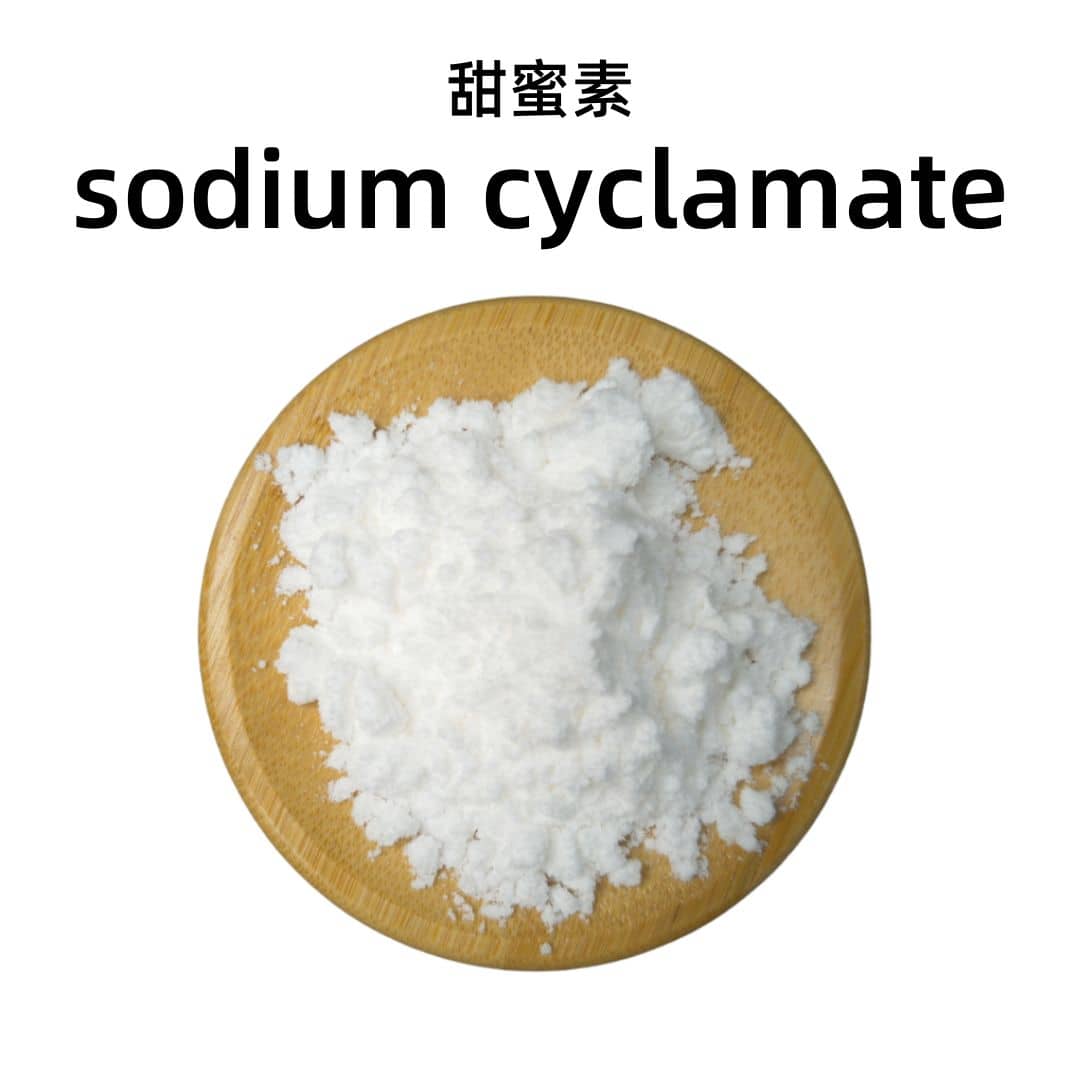Product Introduction
Tagatose is a naturally occurring sugar that belongs to the group of carbohydrates known as monosaccharides. Despite its sweetness, it is classified as a low-calorie sweetener, making it an attractive choice for sugar-free and low-calorie food formulations. Tagatose has gained popularity not only for its sweetening properties but also due to its potential health benefits, including low glycemic impact and prebiotic effects.
Product Manufacturing Process
The manufacturing process of tagatose primarily involves the conversion of lactose, a sugar found in milk. This process includes several enzymatic hydrolysis steps, where specific enzymes act upon lactose to produce tagatose. The resulting tagatose is then purified through filtration and crystallization, ensuring the final product meets stringent quality standards. This method not only retains the natural flavor profile but also preserves the product's functional characteristics.
Product Applications
Tagatose is widely used in food and beverage formulations, particularly in products targeting health-conscious consumers. It is commonly found in sugar-free products such as candies, chocolates, and baked goods. Additionally, tagatose functions well in pharmaceutical formulations where a sweetening agent is required, without contributing to caloric intake or affecting blood sugar levels significantly. Its prebiotic effects also make it a candidate for use in dietary supplements and functional foods aimed at promoting gut health.
Packaging and Storage
Storage Conditions: Store in a sealed, lightproof container, avoid high temperatures, and keep in a dry, cool, and well-ventilated place.
Packaging Method: Bulk packaging in 25kg cardboard drums, sample packaging in 1kg aluminum foil bags, custom packaging available upon request.
Shipping Method: FedEx, DHL, dedicated logistics, and sea freight consolidation.
Shelf Life: 2 years under appropriate storage conditions.
Monica Sun possesses extensive technical expertise and market insights in the food additives industry. She excels in designing efficient and safe additive formulations tailored to various food applications, ranging from sweeteners to functional dietary fibers. Monica has successfully assisted food manufacturers in optimizing ingredient combinations to enhance product quality and improve consumer satisfaction.









